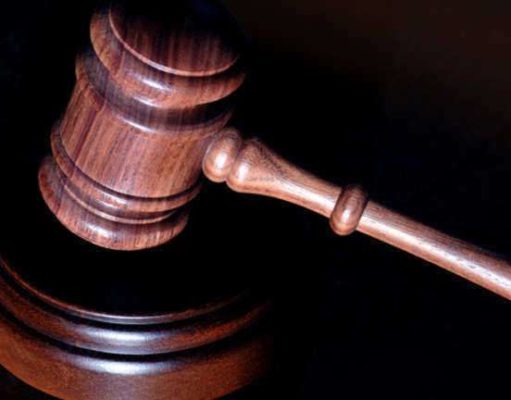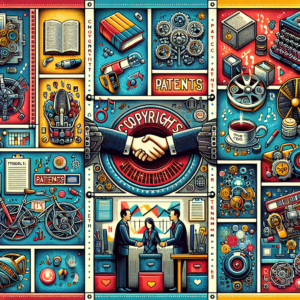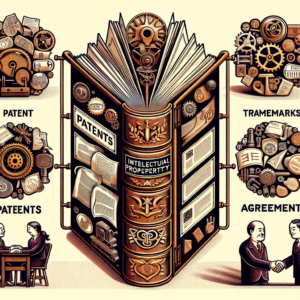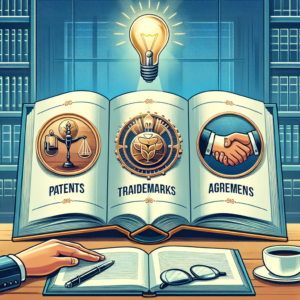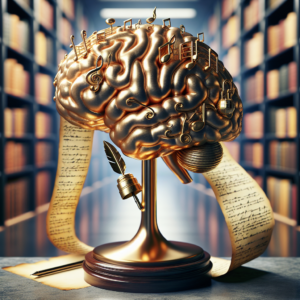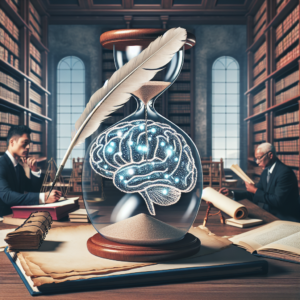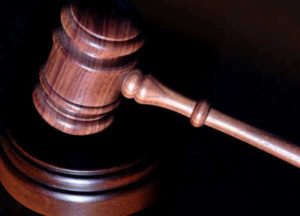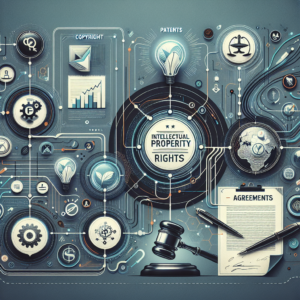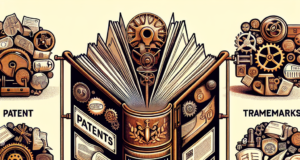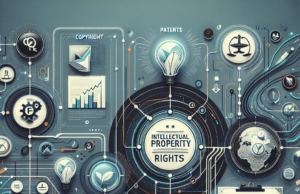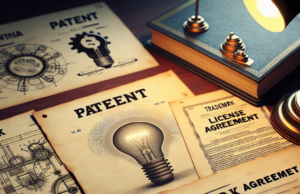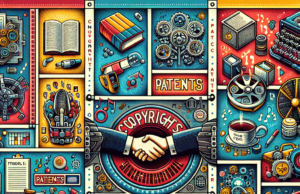Unveiling the Hidden Crisis: Media Licensing Issues Threatening Content Integrity

In an era where content is king, the integrity of media has come under increasing scrutiny due to a myriad of licensing issues. As digital platforms proliferate and the demand for diverse content escalates, the complexities surrounding media licensing have become a hidden crisis that threatens the very foundation of content quality and authenticity. This article delves into the current challenges in the media licensing landscape, the implications of these issues on content integrity, notable case studies, legal considerations, strategies for mitigation, and future trends that could shape sustainable content creation.
Understanding the Media Licensing Landscape: An Overview of Current Challenges
The media licensing landscape is fraught with challenges that stem from the rapid evolution of technology and the proliferation of digital content. Traditional licensing models are struggling to keep pace with the demands of a global audience that consumes content across various platforms. Issues such as fragmented licensing agreements, lack of clarity in rights ownership, and the complexities of international copyright laws have created a convoluted environment for media organizations. Additionally, the rise of user-generated content and social media platforms has blurred the lines of ownership, leading to disputes over intellectual property rights. As a result, media companies are increasingly finding themselves navigating a labyrinth of regulations and agreements that can hinder their ability to produce and distribute high-quality content.
The Impact of Licensing Issues on Content Quality and Authenticity in Media
Licensing issues have a profound impact on the quality and authenticity of media content. When licensing agreements are unclear or poorly managed, the risk of using unauthorized material increases, leading to potential legal repercussions and damage to a brand’s reputation. Furthermore, the pressure to produce content quickly can result in shortcuts being taken, compromising the integrity of the work. This is particularly concerning in an age where audiences are more discerning and demand authenticity in the content they consume. The proliferation of misinformation and poorly sourced material can erode trust in media organizations, making it imperative for companies to prioritize licensing integrity to maintain their credibility and uphold content quality.
Case Studies: Notable Incidents Highlighting Media Licensing Failures
Several high-profile incidents have underscored the ramifications of media licensing failures. One notable case involved a major news outlet that faced backlash after using stock footage without proper licensing, resulting in a costly lawsuit and a tarnished reputation. Another incident involved a popular streaming service that was forced to remove a significant portion of its library due to expired licensing agreements, leaving subscribers frustrated and disillusioned. These cases illustrate the potential fallout from inadequate licensing practices, including financial losses, legal challenges, and damage to audience trust. As media organizations grapple with the complexities of licensing, these incidents serve as cautionary tales that highlight the need for robust licensing strategies.
Legal Implications: Navigating Copyright and Licensing Regulations in Media
The legal landscape surrounding media licensing is intricate and often daunting for content creators and distributors. Copyright laws vary significantly across jurisdictions, complicating the process of securing rights for content that may be used internationally. Media organizations must navigate a patchwork of regulations, including fair use provisions, licensing agreements, and the nuances of derivative works. Failure to comply with these regulations can result in severe penalties, including fines and injunctions. Moreover, the rise of digital platforms has led to increased scrutiny from copyright holders, making it essential for media organizations to stay informed about legal developments and ensure that their licensing practices are compliant with current laws.
Strategies for Media Organizations to Mitigate Licensing Risks and Ensure Integrity
To mitigate licensing risks and ensure content integrity, media organizations must adopt proactive strategies that prioritize clear communication and thorough documentation. Establishing comprehensive licensing agreements that outline rights, usage, and attribution is crucial in preventing disputes. Additionally, investing in training for staff on copyright laws and licensing best practices can foster a culture of compliance within the organization. Utilizing technology, such as digital rights management systems, can streamline the licensing process and provide greater visibility into content usage. By implementing these strategies, media organizations can safeguard their content and maintain the trust of their audiences.
The Future of Media Licensing: Trends and Solutions for Sustainable Content Creation
Looking ahead, the future of media licensing is likely to be shaped by several emerging trends and solutions aimed at fostering sustainable content creation. The rise of blockchain technology offers promising potential for transparent and secure licensing processes, enabling creators to retain control over their intellectual property. Additionally, as audiences increasingly demand diverse and authentic content, media organizations may need to explore collaborative licensing models that promote shared ownership and co-creation. Furthermore, the ongoing evolution of copyright laws in response to digital innovation will necessitate adaptive strategies from media companies. By embracing these trends and solutions, the media industry can navigate the complexities of licensing while ensuring the integrity and quality of its content.
In conclusion, the hidden crisis of media licensing issues poses significant challenges to content integrity and quality. As the media landscape continues to evolve, it is imperative for organizations to address these challenges head-on by implementing robust licensing strategies, staying informed about legal implications, and embracing innovative solutions. By doing so, media companies can not only protect their content but also foster a culture of trust and authenticity that resonates with audiences in an increasingly complex digital world. The path forward requires vigilance, adaptability, and a commitment to upholding the highest standards of content integrity.

